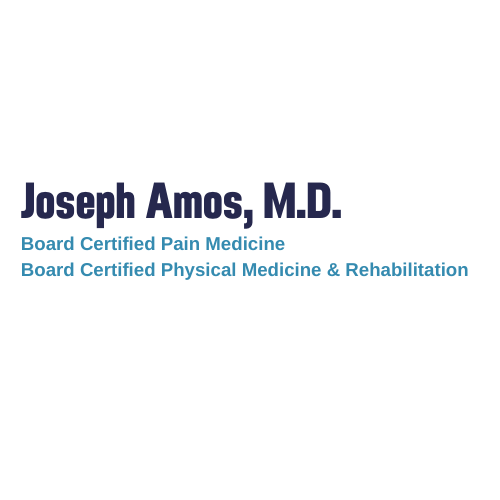Post-Laminectomy Pain Syndrome
Post-laminectomy pain syndrome or failed back syndrome is a term used to describe poor results from previous spine surgery. The main goals of spine surgery are to relieve pain and improve spine stability. Failure mainly occurs because the source of pain was not properly identified.
What is Failed Back Surgery Syndrome?
Failed back surgery syndrome is a term used to describe poor results from previous spine surgery.
Causes of Failed Back Surgery Syndrome
The main goals of spine surgery are to relieve pain and improve spine stability. Pain is usually relieved by taking pressure off a compressed spinal nerve. Spine stability and pain control may be achieved by surgical fusion of the vertebrae. Success with the chosen procedure may vary depending on your condition. Failure mainly occurs because the source of pain was not properly identified.
Other causes of failure include
Failure of fusion
Development of a new lesion (source of pain) in an adjacent spinal level
Inadequate nerve decompression
Recurrent spinal stenosis or disc herniation
Nerve damage before or during surgery
Development of scar tissue around the nerve
A secondary source of pain remains untreated
Failed Back Surgery Syndrome Due to Failure of Fusion Surgery
Solid fusion of adjacent vertebrae can take 3 months or longer. If it is not achieved in a year, your doctor may suggest further surgery. Surgery may be considered sooner if there is dislodging or breakage of an implant. Breakage of an implant may indicate continued instability. The risk of implant failure increases with patient size and the number of segments fused.
Spinal segments above or below fused segments are subject to increased stress and may develop new lesions or sources of pain. This is more likely to happen with the fusion of more than two segments due to changes in spine mechanics. Certain segments do not move much so fusion is more successful at these levels e.g. L5-S1. Others such as L4-L5 move a lot and can stress adjacent segments when fused.
Elderly patients who are not so active do better with fusion surgery.
Failed Back Surgery Syndrome Due to Failure of Decompression Surgery
Pressure may be relieved by removing bone or disc material, but the compressed nerve may take time to heal. Your doctor will wait at least three months before deciding if your surgery has been successful. Pain can sometimes increase during this period due to swelling of the tissues around the nerve root after the operation.
Leg pain due to nerve compression usually heals instantly with surgery. Other symptoms such as numbness, tingling, or weakness can take longer to resolve. Unresolved symptoms may suggest permanent nerve damage.
Pain may return following a period of relief in cases of recurrent stenosis or herniation. Recurrent disc herniation usually occurs in the first 3 months after surgery. Stenosis due to the regrowth of bone can cause pain years after surgery.
No relief of pain following decompression surgery may be due to:
Bone or disc still compressing the nerve
Treating the wrong spinal segment
Nerve damage during the procedure
Imaging studies can reveal areas of stenosis. Nerve damage and regrowth can be evaluated by EMG studies.
Failed Back Surgery Syndrome Due to Scar Tissue Formation
Following spine surgery, scar tissue usually develops as part of the healing process. It may cause fibrous adhesion of the nerve roots within the spinal canal leading to pain. This can be decreased by stretching which keeps the nerves moving to prevent adherence. Pain due to scar tissue usually develops 6-12 weeks after surgery.
Failed Back Surgery Syndrome Due to Improper Rehabilitation
Healing after back surgery can take several months to a year and postoperative rehabilitation is important. More intense rehabilitation is needed for those undergoing complicated surgery or with long-standing symptoms. Continued rehabilitation is often recommended over repeat surgery.
Pain may have a secondary source that spine surgery has not addressed, such as nerve compression associated with piriformis syndrome.
It is necessary to realize that surgery may not be the final solution but that other therapies may be needed for better results. Surgery can provide enough pain relief to allow you to participate in physical therapy. Your doctor will create an individualized plan based on your condition.

